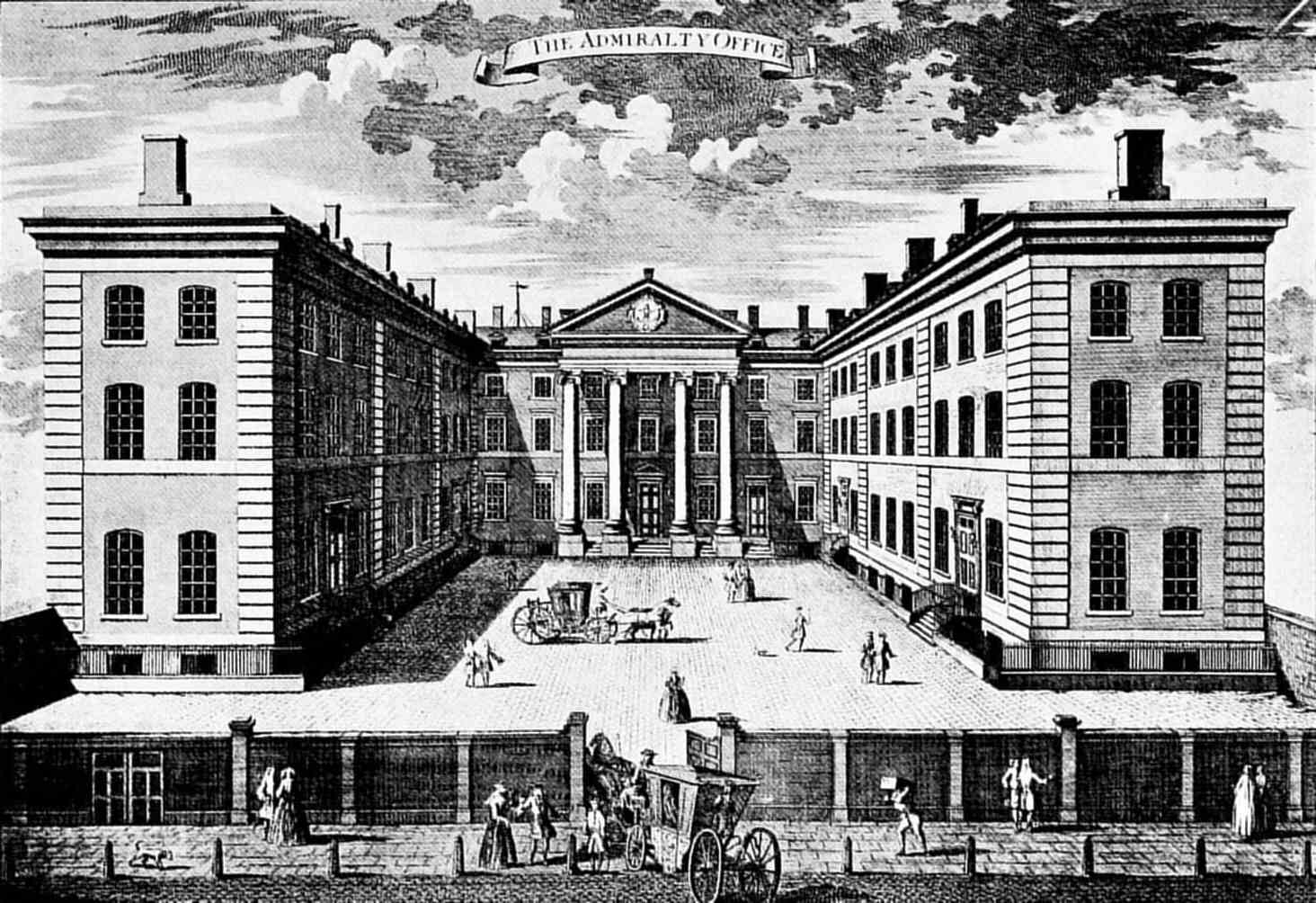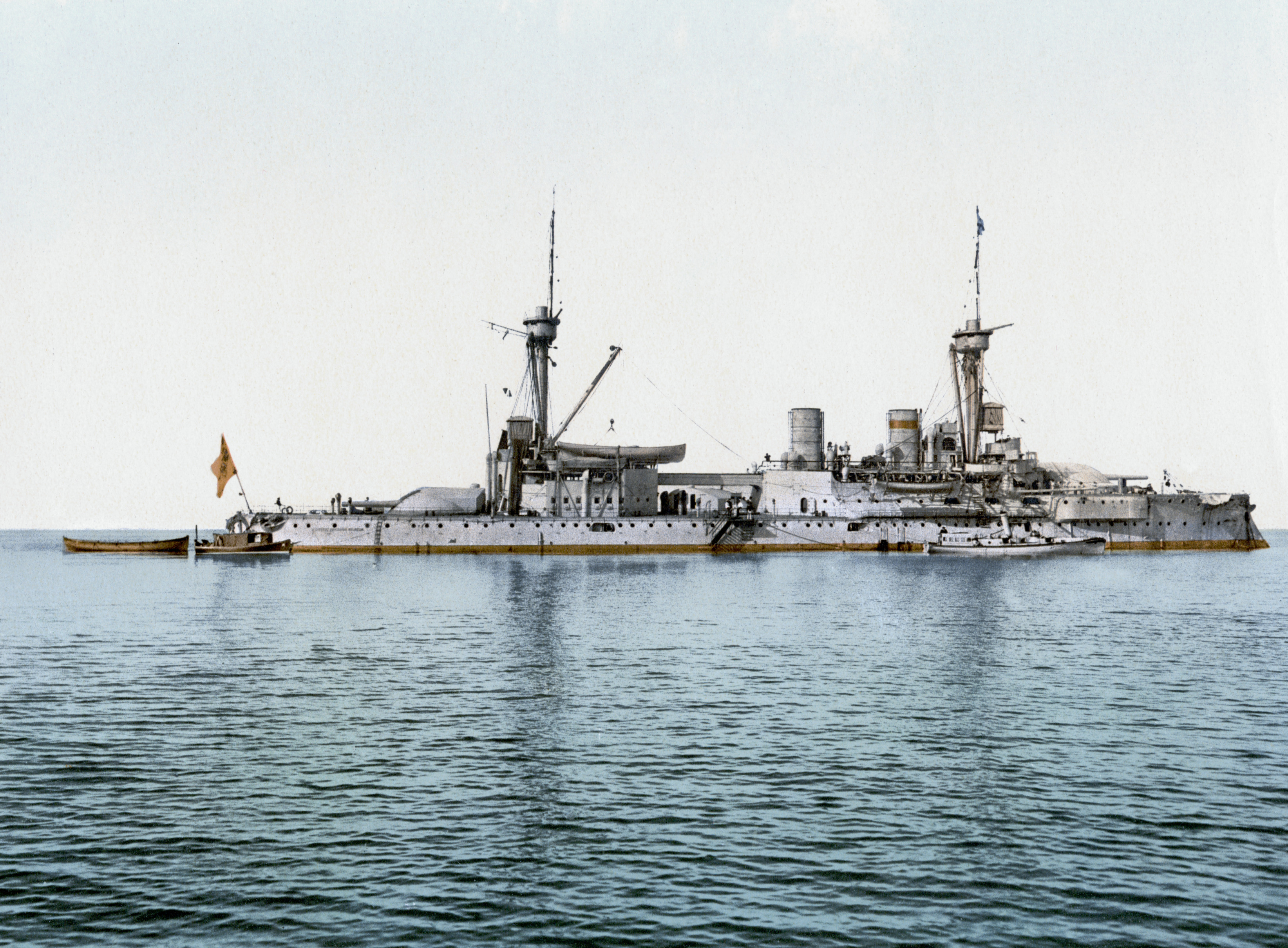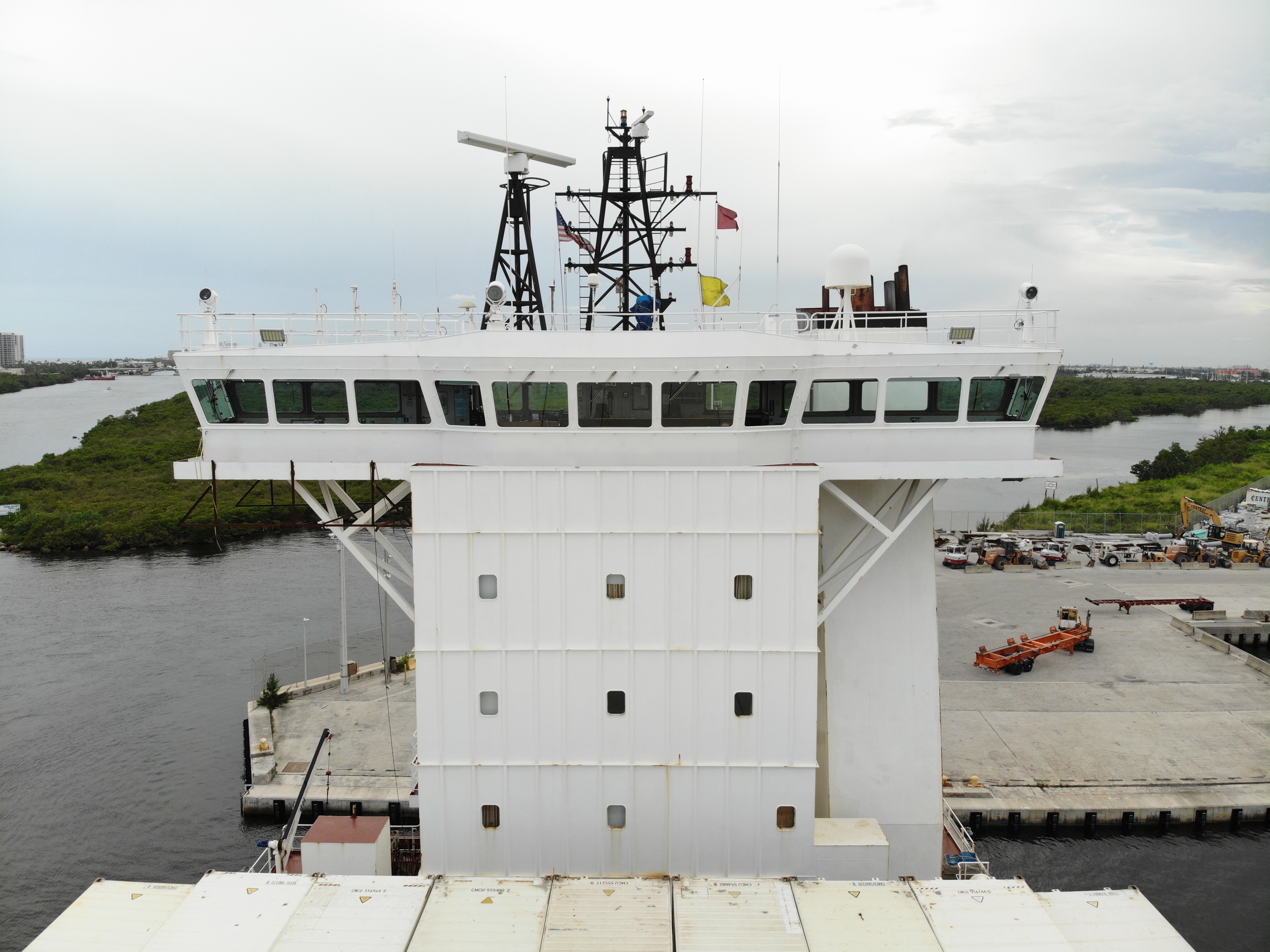|
SMS V185
SMS ''V185'' was a ''S-138''-class large torpedo boat of the Imperial German Navy. She was built by the AG Vulcan shipyard at Stettin in 1910, launching on 9 April that year. ''V185'' took part the First World War, serving in the North Sea and the Baltic, and was renamed ''T185'' in February 1918. She continued in service following the end of the war, becoming a control boat for the target ship in 1932 when she was renamed ''Blitz''. She was ceded to the Soviet Union in 1945 at the end of the Second World War and was renamed ''Vystrel''. Construction and design The Imperial German Navy ordered 12 large torpedo boats (''Große Torpedoboote'') as part of the fiscal year 1909 shipbuilding programme, with two ships (''G174'' and ''G175'') ordered from Germaniawerft, four (''S176''–''S179'') from Schichau-Werke and the remaining six ships (''V180''–''V185'') from AG Vulcan. ''V185'' was long overall and between perpendiculars, with a beam of and a draught of . The ship dis ... [...More Info...] [...Related Items...] OR: [Wikipedia] [Google] [Baidu] |
Germany
Germany, officially the Federal Republic of Germany (FRG),, is a country in Central Europe. It is the most populous member state of the European Union. Germany lies between the Baltic and North Sea to the north and the Alps to the south. Its 16 constituent states have a total population of over 84 million in an area of . It borders Denmark to the north, Poland and Czechia to the east, Austria and Switzerland to the south, and France, Luxembourg, Belgium, and the Netherlands to the west. The nation's capital and most populous city is Berlin and its main financial centre is Frankfurt; the largest urban area is the Ruhr. Settlement in what is now Germany began in the Lower Paleolithic, with various tribes inhabiting it from the Neolithic onward, chiefly the Celts. Various Germanic tribes have inhabited the northern parts of modern Germany since classical antiquity. A region named Germania was documented before AD 100. In 962, the Kingdom of Germany formed the ... [...More Info...] [...Related Items...] OR: [Wikipedia] [Google] [Baidu] |
Length Between Perpendiculars
Length between perpendiculars (often abbreviated as p/p, p.p., pp, LPP, LBP or Length BPP) is the length of a ship along the summer load line from the forward surface of the stem, or main bow perpendicular member, to the after surface of the sternpost A sternpost is the upright structural member or post at the stern of a (generally wooden) ship or a boat, to which are attached the transoms and the rearmost left corner part of the stern. The sternpost may either be completely vertical or m ..., or main stern perpendicular member. When there is no sternpost, the centerline axis of the rudder stock is used as the aft end of the length between perpendiculars. Measuring to the stern post or rudder stock was believed to give a reasonable idea of the ship's carrying capacity, as it excluded the small, often unusable volume contained in her overhanging ends. On some types of vessels this is, for all practical purposes, a waterline measurement. In a ship with raked stems, natural ... [...More Info...] [...Related Items...] OR: [Wikipedia] [Google] [Baidu] |
Room 40
Room 40, also known as 40 O.B. (old building; officially part of NID25), was the cryptanalysis section of the British Admiralty during the First World War. The group, which was formed in October 1914, began when Rear-Admiral Henry Oliver, the Director of Naval Intelligence, gave intercepts from the German radio station at Nauen, near Berlin, to Director of Naval Education Alfred Ewing, who constructed ciphers as a hobby. Ewing recruited civilians such as William Montgomery, a translator of theological works from German, and Nigel de Grey, a publisher. It was estimated that during the war Room 40 decrypted around 15,000 intercepted German communications from wireless and telegraph traffic. Most notably the section intercepted and decoded the Zimmermann Telegram, a secret diplomatic communication issued from the German Foreign Office in January 1917 that proposed a military alliance between Germany and Mexico. Its decoding has been described as the most significant intelli ... [...More Info...] [...Related Items...] OR: [Wikipedia] [Google] [Baidu] |
Dogger Bank
Dogger Bank (Dutch: ''Doggersbank'', German: ''Doggerbank'', Danish: ''Doggerbanke'') is a large sandbank in a shallow area of the North Sea about off the east coast of England. During the last ice age the bank was part of a large landmass connecting mainland Europe and the British Isles, now known as Doggerland. It has long been known by fishermen to be a productive fishing bank; it was named after the '' doggers'', medieval Dutch fishing boats especially used for catching cod. At the beginning of the 21st century the area was identified as a potential site for a UK round 3 wind farm, being developed as Dogger Bank Wind Farm. Name The name Dogger Bank was first recorded in the mid-17th century. It is probably derived from the word " dogger" used for a two-masted boat of the type that trawled for fish in the area in medieval times. The area has similar names in Dutch, German, and Danish. It gives its name to the Dogger sea area used in the BBC Radio 4 Shipping Forecast. ... [...More Info...] [...Related Items...] OR: [Wikipedia] [Google] [Baidu] |
Franz Von Hipper
Franz Ritter von Hipper (13 September 1863 – 25 May 1932) was an admiral in the German Imperial Navy (''Kaiserliche Marine''). Franz von Hipper joined the German Navy in 1881 as an officer cadet. He commanded several torpedo boat units and served as watch officer aboard several warships, as well as Kaiser Wilhelm II's yacht . Hipper commanded several cruisers in the reconnaissance forces before being appointed commander of the I Scouting Group in October 1913. He is most famous for commanding the German battlecruisers of the I Scouting Group during World War I, particularly at the Battle of Jutland on 31 May – 1 June 1916. During the war, Hipper led the German battlecruisers on several raids of the English coast, for which he was vilified in the English press as a "baby killer". His squadron clashed with the British battlecruiser squadron at the Battle of Dogger Bank in January 1915, where the armored cruiser was lost. At the Battle of Jutland, Hipper's flagship ... [...More Info...] [...Related Items...] OR: [Wikipedia] [Google] [Baidu] |
Ceremonial Ship Launching
Ceremonial ship launching involves the performance of ceremonies associated with the process of transferring a vessel to the water. It is a nautical tradition in many cultures, dating back thousands of years, to accompany the physical process with ceremonies which have been observed as public celebration and a solemn blessing, usually but not always, in association with the launch itself. Ship launching imposes stresses on the ship not met during normal operation and, in addition to the size and weight of the vessel, represents a considerable engineering challenge as well as a public spectacle. The process also involves many traditions intended to invite good luck, such as christening by breaking a sacrificial bottle of champagne over the bow (ship), bow as the ship is named aloud and launched. Methods There are three principal methods of conveying a new ship from building site to water, only two of which are called "launching". The oldest, most familiar, and most widel ... [...More Info...] [...Related Items...] OR: [Wikipedia] [Google] [Baidu] |
Yard Number
__NOTOC__ M N O P Q R ... [...More Info...] [...Related Items...] OR: [Wikipedia] [Google] [Baidu] |
Keel Laying
Laying the keel or laying down is the formal recognition of the start of a ship's construction. It is often marked with a ceremony attended by dignitaries from the shipbuilding company and the ultimate owners of the ship. Keel laying is one of the four specially celebrated events in the life of a ship; the others are launching, commissioning and decommissioning. In earlier times, the event recognized as the keel laying was the initial placement of the central timber making up the backbone of a vessel, called the keel. As steel ships replaced wooden ones, the central timber gave way to a central steel beam. Modern ships are most commonly built in a series of pre-fabricated, complete hull sections rather than around a single keel. The event recognized as the keel laying is the first joining of modular components, or the lowering of the first module into place in the building dock. It is now often called "keel authentication", and is the ceremonial beginning of the ship's li ... [...More Info...] [...Related Items...] OR: [Wikipedia] [Google] [Baidu] |
Bridge (ship)
The interior of the bridge of the Sikuliaq'', docked in Ketchikan, Alaska file:Wheelhouse of Leao Dos Mares.jpg, Wheelhouse on a tugboat, topped with a flying bridge The bridge, also known as the pilothouse or wheelhouse, is a room or platform of a ship from which the ship can be commanded. When a ship is under way, the bridge is manned by an officer of the watch aided usually by an able seaman acting as a lookout. During critical maneuvers the captain will be on the bridge, often supported by an officer of the watch, an able seaman on the wheel and sometimes a pilot, if required. History and etymology The compass platform of a British destroyer in the Second_World_War.html" ;"title="Battle of the Atlantic during the Second World War">Battle of the Atlantic during the Second World War with central binnacle and the voice pipes to belowdecks There are many terms for parts of a ship with functions similar to a bridge. Depending upon the design and layout of a ship, some o ... [...More Info...] [...Related Items...] OR: [Wikipedia] [Google] [Baidu] |
Forecastle
The forecastle ( ; contracted as fo'c'sle or fo'c's'le) is the upper deck of a sailing ship forward of the foremast, or, historically, the forward part of a ship with the sailors' living quarters. Related to the latter meaning is the phrase " before the mast" which denotes anything related to ordinary sailors, as opposed to a ship's officers. History and design In medieval shipbuilding, a ship of war was usually equipped with a tall, multi-deck castle-like structure in the bow of the ship. It served as a platform for archers to shoot down on enemy ships, or as a defensive stronghold if the ship were boarded. A similar but usually much larger structure, called the aftcastle, was at the aft end of the ship, often stretching all the way from the main mast to the stern. Having such tall upper works on the ship was detrimental to sailing performance. As cannons were introduced and gunfire replaced boarding as the primary means of naval combat during the 16th century, the medieval ... [...More Info...] [...Related Items...] OR: [Wikipedia] [Google] [Baidu] |
Sea Trials
A sea trial is the testing phase of a watercraft (including boats, ships, and submarines). It is also referred to as a "shakedown cruise" by many naval personnel. It is usually the last phase of construction and takes place on open water, and it can last from a few hours to many days. Sea trials are conducted to measure a vessel's performance and general seaworthiness. Testing of a vessel's speed, maneuverability, equipment and safety features are usually conducted. Usually in attendance are technical representatives from the builder (and from builders of major systems), governing and certification officials, and representatives of the owners. Successful sea trials subsequently lead to a vessel's certification for commissioning and acceptance by its owner. Although sea trials are commonly thought to be conducted only on new-built vessels (referred by shipbuilders as 'builders trials'), they are regularly conducted on commissioned vessels as well. In new vessels, they are use ... [...More Info...] [...Related Items...] OR: [Wikipedia] [Google] [Baidu] |
Water-tube Boiler
A high pressure watertube boiler (also spelled water-tube and water tube) is a type of boiler in which water circulates in tubes heated externally by the fire. Fuel is burned inside the furnace, creating hot gas which boils water in the steam-generating tubes. In smaller boilers, additional generating tubes are separate in the furnace, while larger utility boilers rely on the water-filled tubes that make up the walls of the furnace to generate steam. The heated water/steam mixture then rises into the steam drum. Here, saturated steam is drawn off the top of the drum. In some services, the steam passes through tubes in the hot gas path, (a superheater) to become superheated. Superheated steam is defined as steam that is heated above the boiling point at a given pressure. Superheated steam is a dry gas and therefore is typically used to drive turbines, since water droplets can severely damage turbine blades. Saturated water at the bottom of the steam drum returns to the lower drum ... [...More Info...] [...Related Items...] OR: [Wikipedia] [Google] [Baidu] |








.jpg)